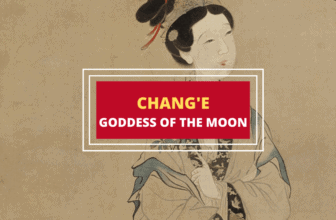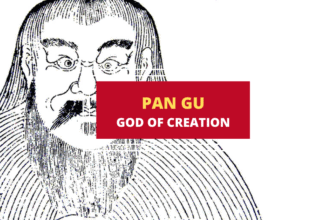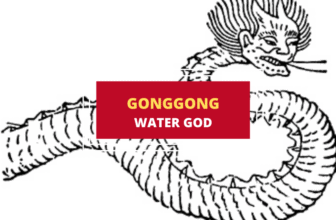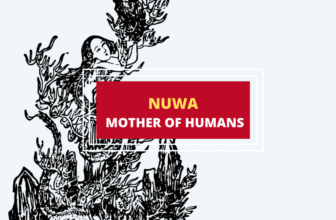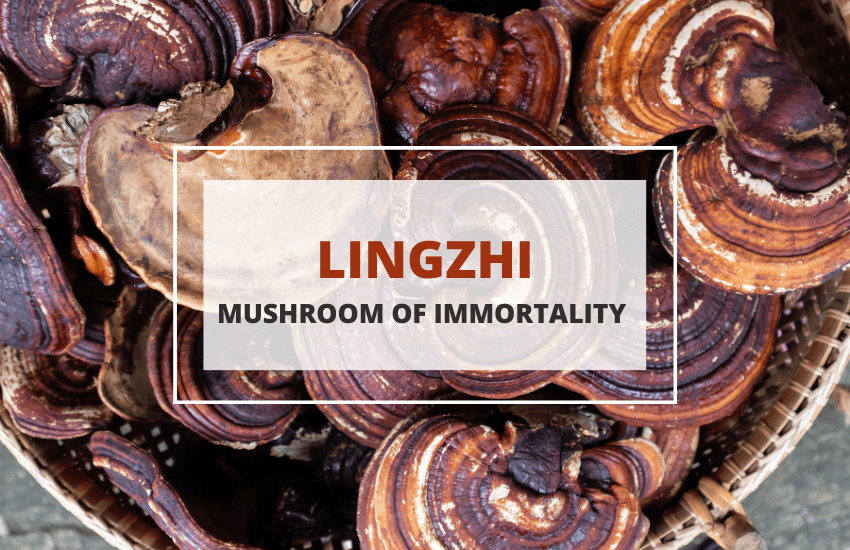
Table of Contents
A common idea among several cultures from East Asia is that immortality could be obtained by different means. Some of them require meditating on certain philosophical or religious principles, so that the person could eventually achieve immortality through enlightenment. But another seemingly simpler method only requires eating a mushroom known as lingzhi.
Lingzhi, the mushroom of immortality, has been consumed in countries such as China, Japan, and Korea for more than 2000 years. But how did lingzhi mushrooms become associated with the notion of immortality? Learn more here about the history and health benefits of this particular mushroom.
A Mythical or Factual Mushroom?
The first question that might pop into your head when learning about the mushroom of immortality is if this fungus does, in fact, exist. And the provisional answer to that question is yes.
But why a provisional, and not a definitive answer?
Well, because there is a factual lingzhi mushroom, which scientists have identified as Ganoderma lingzhi or Ganoderma lucidum (this is the same species that is associated with the mushroom of immortality in traditional Chinese medicine). However, given the various descriptions that can be found in antique sources, regarding the look of the ‘original’ mushroom of immortality, historians aren’t sure if today’s lingzhi is the same fungus that people once ate in antiquity to extend their life.
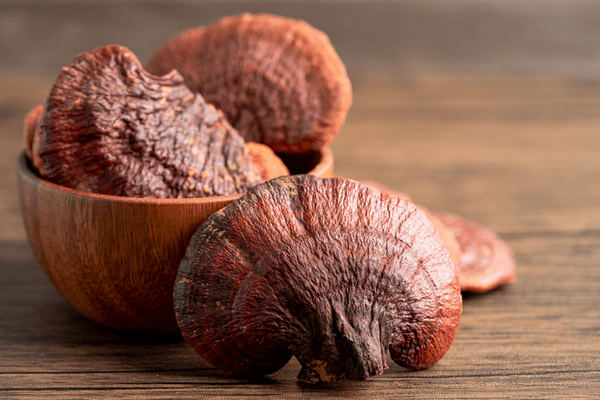
Today’s lingzhi mushroom has a reddish-brown cap with a kidney-like form and no gills. The stalk of this fungus is attached to the cap from its border, rather than from its interior face, which is why some also have compared the lingzhi’s shape with that of a fan.
Ultimately, while people today can find Lingzhi mushrooms out in the wilderness (although this is extremely rare), it’s likely that in its origins, the ‘real’ mushroom of immortality began out as a mythical treat, and only later it began to be identified with a certain type of existing fungus.
The Mushroom of Immortality and Taoism – What’s the Connection?
Although mentioned in several mythologies from the Far East, legends associated with the mushroom of immortality are most frequently connected to Taoist traditions.
Taoism (or Daoism) is one of the oldest religious and philosophical traditions that originated in China; it’s based on the belief that there is a cosmic flow of energy permeating all things in nature. Moreover, people must try to learn to live in harmony with this flow, which is also known as the Tao or The Way, so that they can achieve a well-balanced existence.
In Taoism, death is considered a part of nature, and therefore it’s not seen under a negative lens. However, among Taoists, there is also the belief that people can obtain immortality by achieving a deeper connection with the forces of nature. This can be done through several means, such as practicing breathing exercises (meditation), redirecting sexual energy, or—as you might have guessed by now—eating the mushroom of immortality.
But among these options, eating the precious mushroom was probably the hardest of all to accomplish, given that, according to a Taoist tradition, originally these mushrooms could only be found in the Isles of the Blessed.
The Isles of the Blessed & the Mushroom of Immortality

In Taoist mythology, the Isles of the Blessed are closely connected with the stories regarding the quest for immortality. The numbers of these islands varies from one mythical account to another, being six in some myths and five in others.
In the beginning, these isles were located off the coast of Jiangsu (China). However, at some point, the islands started to drift eastward, until they were secured by a group of gigantic turtles. Later on, a giant took two of the islands with him, far away to the north, thus leaving only three behind in the Eastern Sea: P’eng-Lai, Fang Hu, and Ying Chou.
According to the myths, the isles’ soil was so rich that it had lush vegetation, and unique sprouts, such as plants that could restore youth and life-prolonging trees.
The lingzhi mushroom, which also grew in these islands, was said to be an essential part of the diet of the Eight Immortals (or The Blessed), a group of eight sages that achieved immortality after many years of following the teachings of Taoism.
Symbolism of the Mushroom of Immortality
Within the Taoist imaginary, the mushroom of immortality is often used as a symbol for longevity, well-being, wisdom, great knowledge of the supernatural, divine power, and success in controlling the forces of nature.
The lingzhi mushroom has also been used to symbolize the beginning of a quest for spiritual liberation and the subsequent achievement of enlightenment.
This fungus was also considered a symbol of good luck in ancient China, which is why Chinese people from different backgrounds (including but not limited to those who followed the teachings of Taoism) would often carry talismans shaped in the form of a lingzhi mushroom.
Representations of the Mushroom of Immortality in Chinese Art
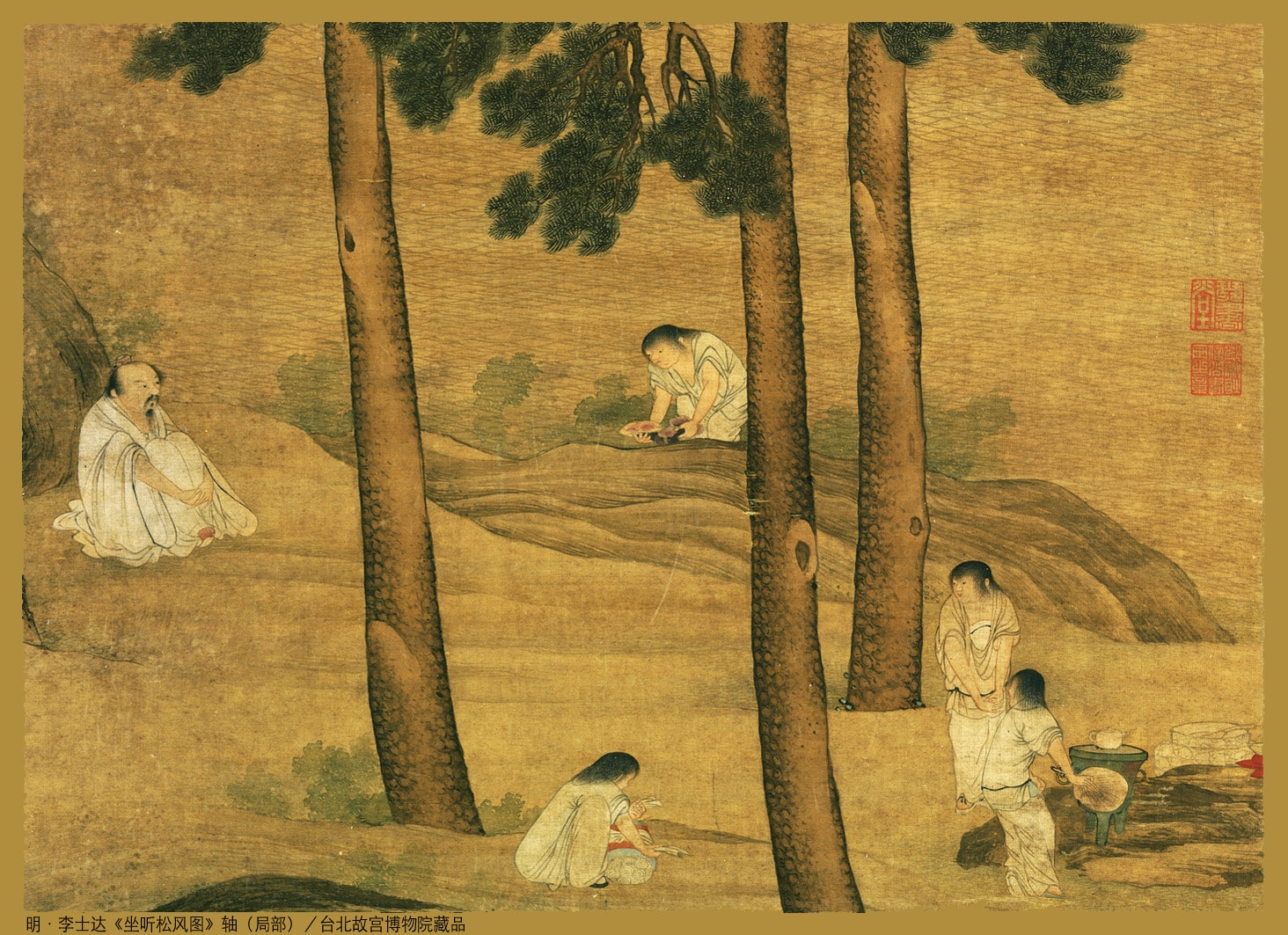
Many cultures from the Far East, such as Japan, Vietnam, and Korea have used the motif of the mushroom of immortality to create art. However, it’s in China—the cradle of Taoism— where we find the vast majority of examples of artistic representations of the lingzhi fungus.
Most of the inspiration for these works of art comes from Lin Shizhen’s Compendium of Materia Medica (1596), a volume that explains the beneficial uses of hundreds of plants, herbal elixirs, and other substances, such as the extracts that can be obtained from the lingzhi mushroom.
It’s worth noting that Shizhen not only uses words to describe the lingzhi’s appearance, but he also provides beautiful illustrations of it. This allowed Chinese artists from antiquity to have a better idea of how the mushroom of immortality might have looked.
From paintings to carvings and also jewelry, during the dynastic period of China, the motif of the mushroom of immortality was widely used in Chinese arts. One notable example of this is the paintings that are exhibited in the Forbidden City, the magnificent imperial palace/museum located in Beijing.
There, the court painters left vivid illustrations of the landscapes where the lingzhi was supposed to be found. These paintings served a double purpose, as they not only were meant to decorate the palace but also to convey the sense of spiritual calmness that those who went after the life-prolonging fungus needed, if they wanted to succeed in their task.
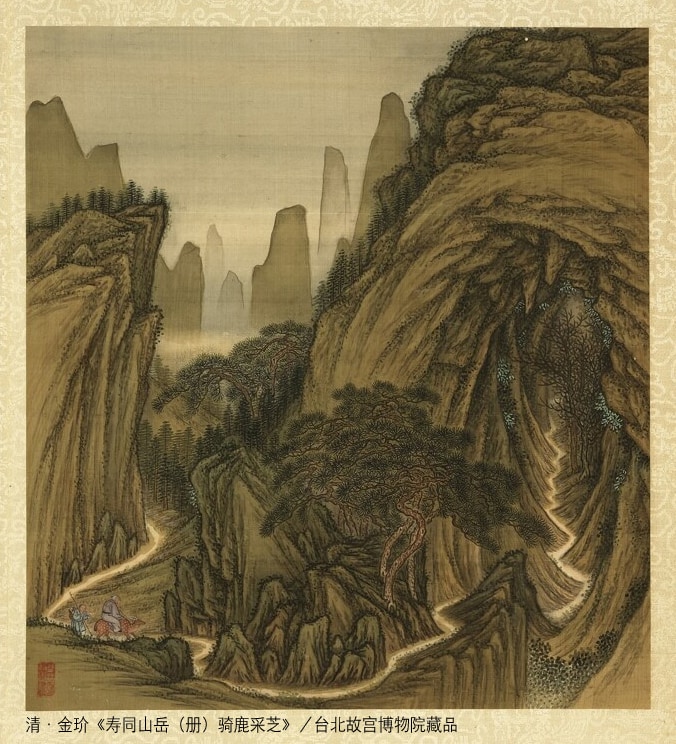
This type of mystical experience is depicted for instance in a painting like Picking Lingzhi in the Deep Mountains, by the court painter Jin Jie (Qing Dynasty). Here, the artist gives the spectator a glimpse of the long winding mountain roads that the wanderer would have to go through to pick the desired mushroom.
What are the Health Benefits of the Mushroom of Immortality?
Traditional Chinese medicine attributes a wide range of health benefits to the mushroom of immortality, such as controlling blood glucose levels, preventing cancer, improving the immune system, regulating the liver’s functioning, and many more.
Since many of the reports regarding the effectiveness of treatments based on the use of Lingzhi fungus-derived products seems to come from anecdotal evidence, the international medical community is still debating whether these treatments should be further promoted or not.
However, there is also at least one relatively recent scientific study that supports the claims concerning the use of the mushroom of immortality to strengthen the immune system. But remember, if you want to start consuming this fungus for medical purposes, always consult with a doctor first.
Where to Find the Mushroom of Immortality?

Lingzhi mushrooms can be found mainly in countries with tropical climates; they grow at the base and stumps of deciduous trees, such as maples, sandalwoods, bamboos, and so on. However, finding this fungus in its wild form can be extremely difficult, given that for every 10,000 deciduous trees in a forest, there are only two or three of these mushrooms.
It’s worth mentioning here that some historians had considered that, originally, the reputation of the lingzhi fungus as a life-prolonging food might have been because of its rarity, rather than for its actual effects on the health of people.
In today’s world, mushrooms of immortality are also cultivated privately, which is why it’s much easier to find lingzhi-derived products by going to an herbal medicine store or ordering them online, like on this site.
Wrapping Up
For more than 2000 years, people from East Asia have been consuming the lingzhi mushroom to benefit from its medical properties. However, its pharmaceutical attributes aside, this fungus also has a great cultural value, for being one of the main objects used within the Taoist tradition to symbolize the quest for immortality, understood both literally (i.e., eternal life) and figuratively (as in ‘reaching spiritual liberation through enlightenment’).
Moreover, while with other Asiatic symbols of enlightenment, the meaning of the symbol comes from the transformation through which the object undergoes (e.g., the blossoming of the Japanese lotus), in the lingzhi’s case, what defines the meaning of this symbol is the travel that the individual has to undertake to find the mushroom. This travel reflects the process of self-discovery that always precedes enlightenment.




